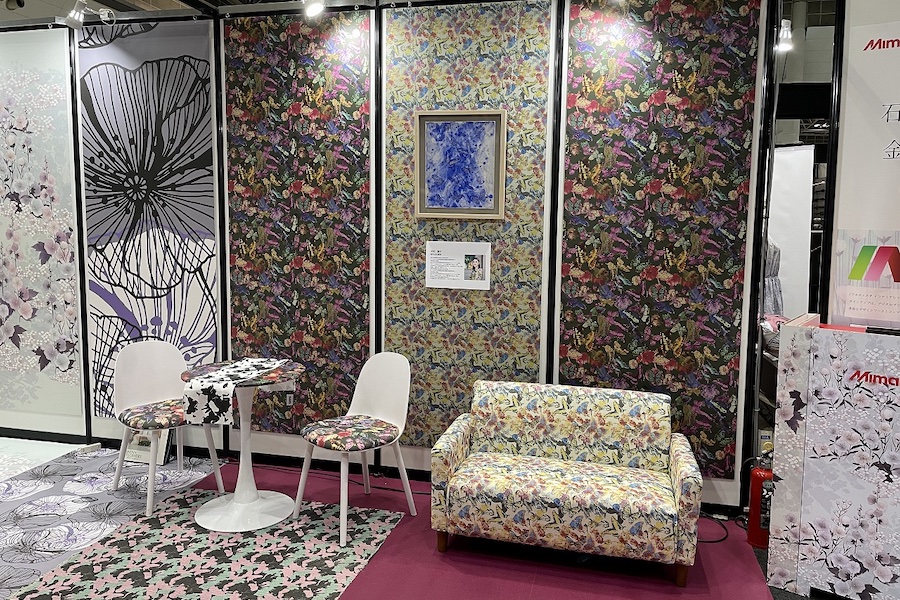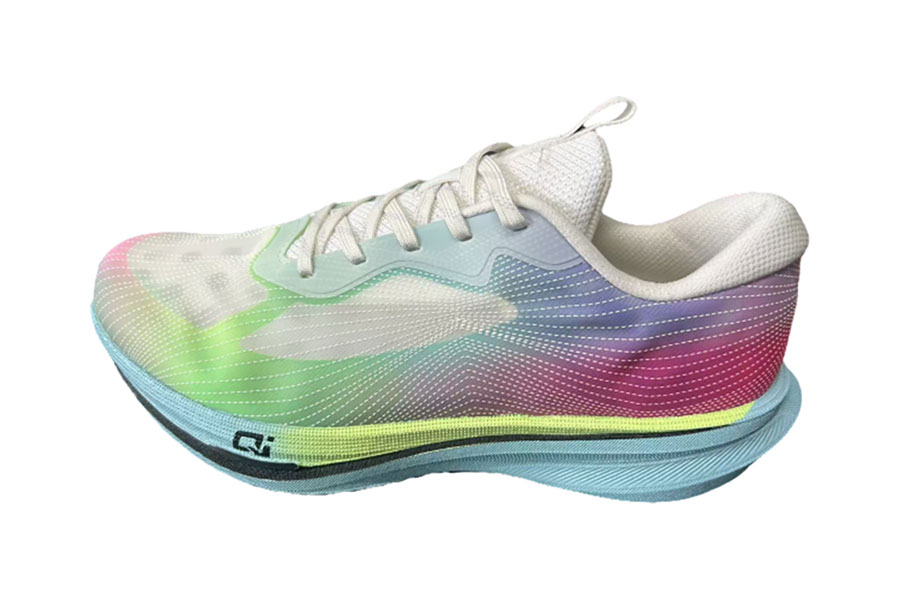#Digital Printing
Resurgent world inkjet printed textile market to grow from €3.82 billion to €6.95 billion in 2026, latest Smithers data show
In 2021 the market was worth €3.82 billion (print service value), up from €3.16 billion in 2020. By 2022 the market will have recovered all of the sales it lost in 2020 due to the various disruptions of Covid. Smithers forecasts that a compound annual growth rate (CAGR) of 12.7% will push global value to €6.95 billion in 2026. Across the same period the volume of inkjet printed fabrics – apparel, household furnishings, technical textiles, display media – increases from 2.89 billion square meters (2021) to 5.53 billion square meters (2026).
This will see inkjet’s share of the total printed textile market – 52.7 billion square metres (2019) – rise from 6% to 10% over the Smithers forecast period. For print OEMs, this presents a major area for diversification and growth as many other print segments continue to trend downwards post-Covid.
The vast majority of inkjet textile presses in operation are smaller models, with about 5% dedicated direct-to-garment machines. While large single-pass roll-to-roll presses account for the majority of output there are still fewer than 50 in operation worldwide. Smithers’ data show that as more PSPs invest in dedicated inkjet textile presses, equipment sales will pass the €1 billion per year mark in 2026. This will also generate sales for media and consumables, with annual OEM ink revenue reaching €2.20 billion in 2026.
The potential for design freedom, customised fabrics, short print runs, quicker reorders, and print with a lower environmental impact means the market is enthusiastic for a new generation of inkjet machines. In some segments this has accelerated further by the experience of Covid-19 with the increase in e-commerce, direct-to-consumer sales; and moves to reshore supply chains.
A sharp shock saw €910 million in sales lost across 2019-2020, but this decline was not spread evenly. As consumers stayed at home, sales of fashion, haute couture garments, ties, and scarves declined most significantly, along with signage fabrics and most technical textile segments. In contrast, sales of domestic furnishings rose steeply as locked down shoppers invested in refreshing their living spaces.
With regular retail closed many fashion brands have invested in online businesses based on the flexibility available with inkjet printing. These include Nike, Ralph Lauren, Shutterfly/Spoonflower, and Vera Bradley; while Amazon has committed to spend $400 million on digital textile equipment as it looks to diversify its online business further.
Inkjet printing is already familiar in several sectors, but penetration into others – such as technical textiles – is much more limited, presenting extra opportunities as technologies mature.
As the market evolves there will be multiple advances that can support further sales. These include greater automation of presses and finishing equipment, boosting machine throughput, and the wider use of pigment-based inks in soft signage and home furnishings.
There is also emerging interest in direct-to-film (DTF) technology, which allows custom T-shirt designs to be printed onto special films, combining the benefits of inkjet and transfer printing, eliminating pre-treatment steps and enabling darker garments to be customised without dye discoloration.
The historic, current and future post-Covid outlook for this dynamic inkjet market is analysed and quantified with a high degree of granularity in The Future of Digital Textile Printing to 2026. The market and data are segmented across 31 different end-use applications; and includes additional data on substrates used, ink volumes and pricing, equipment sales/installed base, and regional and leading national markets.
Combined with insightful technology and market profiles, this provides an essential business strategy tool for both established companies and new entrants to the market. It is available for purchase now priced $6,500 (€5,250, £4,750).
https://www.smithers.com/services/market-reports/printing/the-future-of-digital-textile-printing-to-2026
















